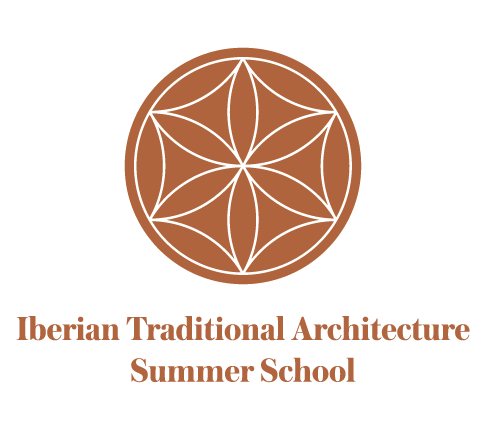Understanding Alentejo
Week 1
by Vikramaditya Singh Rathore
Marvão traditional architecture summer school was held in the border town Beirã, in the Marvão Municipality, in the Portuguese region of Alto Alentejo. The school focused on local traditional urbanism, architecture and building details. During its two week duration the stress was to acclimatise participants with the region and its architectural vocabulary followed by an urban design intervention for the town. The process was facilitated by faculty coordinators, guest lecturers through workshops.
16 July 2018
All the participants met at Elvas, Portugal and were introduced to the faculty and the basic intent of the summer school. We briefly explored the streets of town with its various churches, forts and piazzas, the latter being a recurring theme in our visits to towns/cities later.
Elvas is one of the finest example of intensive usage of the trace italienne (star fort) in military architecture, and has been a World Heritage Site since 30 June 2012. The inscribed site name is Garrison Border Town of Elvas and its Fortifications.
Later that day we reached Beirã, our home for the next two weeks. While the accommodation were provided at an old parish house, our studio was set up at Trainspot. It is an adaptive reuse of the town’s old railway station which was dysfunctional ever since the train stopped with the merger of Portugal in European union.
We wrapped our day with the formal introduction ceremony and dinner.
17 July 2018
This day was dedicated to the hill town of Marvão. A small fortification on one of the highest terrain in Alentejo. It served as an excellent example of urban design in tricky contours. Followed by a brief tour of the town, all the participants were divided into groups to map out various piazzas of the town. Post documentation, we attended our first set of lectures of the workshop. These lectures were vital literature provided to us to eventually help understand and design better by highlighting nuances only an expert eye could grasp.
Lecture 1: History of Marvão, Joaquim Carvalho
Lecture 2: Habitat and Territory in Northeastern Alentejo: Prehistory, Classical Antiquity and Middle Ages, José Luís Saldanha
Lecture 3: Domestic architecture, collective space and settlement pattern in southern Portugal: a research methodology, Miguel Reimão Costa
18 July 2018
We began our day with the visit to the archaeological site of Ammaia. Here we were presented with various artefacts from the Roman times. Most fascinating of them were the glassware that were found intact. We visited the excavation site and saw its civic feature like roads (cardo and decumanus), gates and temples.
The next stop on our journey was the city of Castelo de Vide. During our tour of the city, we took note of street layout that were sometimes along contours and sometimes perpendicular to it. The placement of church and its square formed the focal point of the city with roads leading to it transforming into essential market streets. We also visited the Jewish neighbourhood and saw marked difference in it as opposed to the rest of the city. To document the city efficiently we were again divided in groups.
The day ended with another series of lectures.
Lecture 1: The Landscapes of the Alentejo, Aurora Carapinha
Lecture 2: How to retrofit vernacular architecture in a protected area? Strategies based on ecosystem services, heritage and environmental certification, Inês Cabral
19 July 2018
Evora was the last of our city tours, one of the major town in Alentejo region. Its prominence was evident from the complexity. The city is enveloped in clever streets, piazzas and arcades. Permutations of these elements have produced a vibrant city life that not only caters residents but is a delight to tourists and travellers.
We were fortunate enough to witness a restoration of an old villa close to the city cathedral. The intricacies of restoration were explained to us by Jose Baganha and Rafael Manzano.
Lastly, Aurora gave us a brief tour of the Evora university before we went back for our lectures in Beirã.
Lecture 1: INTBAU: a global network dedicated to creating better places to live, Harriet Wennberg
Lecture 2: Learning from Traditional Architecture in the South of Morocco, Rebeca Gómez-Gordo
Lecture 3: Design Principles and Visual Research, Frank Martínez





















